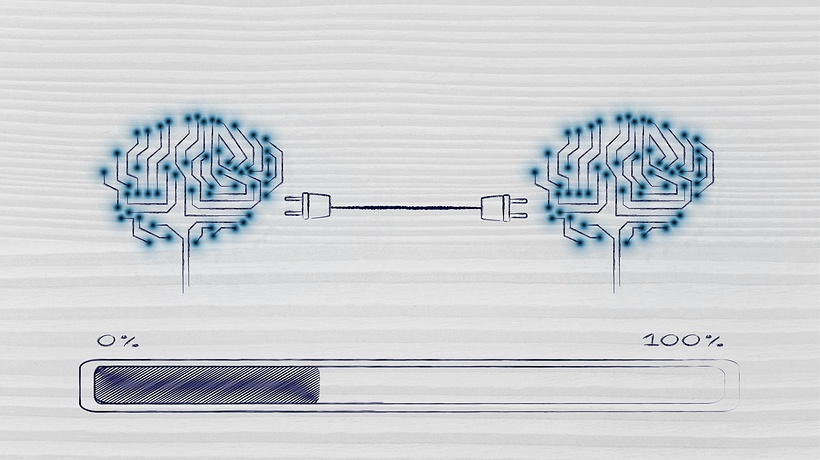The Problem With Training
In most companies, the Learning and Development department is charged with upskilling the workforce, increasing employee knowledge, and rolling out behavior change initiatives. Businesses pump billions of dollars every year into employee development, training initiatives, and learning technology, but see very little return on their investment. The problem is the skills, knowledge, and behaviors the training is centered upon tend not to be transferred to the employee's role. Generally, when an employee returns to their role following a period of training, they are met with an inbox full of unanswered emails, questions from teammates, and a manager who needs the employee to catch up on everything they missed while in training. The new information or skills they learned in the training begin to drift from the employee's attention and eventually drop off their radar completely.
Learning Transfer
The taking of skills and behavior learned in a training environment and transferring them to one's role is called Learning Transfer. Learning transfer is the goal of all training yet, it is surprisingly rare. Some estimates put the successful transfer rate of training between 10-22%. For companies all over the world, this lack of transfer is like a weight around their neck, holding them back, slowing their progress, and suppressing their future growth.
A Lack Of Learning Transfer
Providing a lack of support for an organization’s biggest asset, its employees, limits the potential of a company’s growth and could potentially lead to the death of the company. A lack of learning transfer following induction programs has shown to affect employees’ perception of their own skills and abilities, feelings about their role, their relationships with their co-workers, and their ability to meet the expectations set by their employer. A lack of training transfer could lead to a climate of cynicism in the workforce as employees become frustrated at wasting their time and energy in training and ultimately makes them reluctant to take on future learning initiatives.
Given the continued trend of organizations spending lavishly on development courses for their personnel that leads to little change, why should business leaders focus even more on learning transfer and redouble their efforts to improve this metric?
Achieving positive learning transfer is not only the means by which training intervention leads to the improvement of the organizational workforce but ultimately, it contributes to the achievement of organizational goals too.
Understanding Your Learning Transfer Ecosystem
There are several elements that contribute to successful learning transfer. They can be roughly grouped into factors relating to:
- Training design;
- Environmental factors; and
- Learner characteristics.
Traditionally, Learning and Development teams have focused their efforts on influencing the factors relating to training design. It's easy to see why; the design of training falls completely under the responsibility of the L&D team, and as luck would have it, training design is the easiest factor to manipulate and improve as it relates to learning transfer. Don't just design training, design what happens before and after too.
Before Training
Learning designers create a lot of content. Think about what parts of that content can be chunked into bite-sized pieces and distributed to learners before training to increase interest in training. This content can then be used again during the training, reinforcing the learning. What parts of the content could be sent to a learner's manager so they are aware of the path their employee is on and are prepared to support the learner if needed?
During Training
Ensure your content is relevant, matches tasks that employees face every day, and helps to achieve a business goal. Take steps to ensure that learners can see the link between what they are seeing in training and what they do every day. Remember, your goal is for learners to do something differently after the training, so make it easy for them to see what that is and what situations it can be done.
After Training
Using the chunking-method mentioned above, leverage your existing training material to create reminders, summaries, and thought-provoking anecdotes from the training. These can be sent after the training to keep what was learned at the top of the learners' minds. Don't forget about the learners' managers, remind them what has taken place and new skills they should support their employee to use.
If appropriate, provide job aids that serve as helpful reminders of steps and what to do when faced with the new task learned in the training.
Key Takeaway
A company's Learning and Development department is a key driver in the growth of employees and the competitive advantage of your company. The conditions that influence learning transfer in your organization should be of critical importance to you and your leadership team. Remember that you are not just designing training, you are designing what someone will do after training. Having a keen focus on learning transfer, you can ensure you are doing everything in your power to help employees turn their learning into action.








